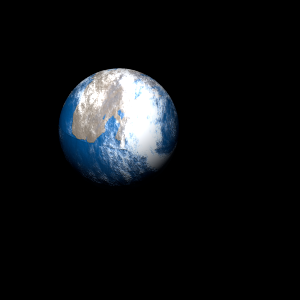|
|
Space Astro
|
Info for exoplanet "Zetomya"
| Scientific (actual) data |
|---|
| Name | K2-61 b |
| Planet status | Confirmed |
| Radius | 0.221 |
| Orbital period | 2.57302 |
| Semi major axis | 0.0392 |
| Discovered | 2016 |
| Updated | 2021-02-05 |
| Tconj | 2456980 |
| Publication | Published in a refereed paper |
| Detection type | Primary Transit |
| Alternate names | EPIC 206044803.01 |
| Star name | K2-61 |
| Right ascension | 339.68° |
| Declination | -13.56° |
| Mag j | 11.758 |
| Mag h | 11.423 |
| Star distance | 410.35 |
| Star mass | 1.21 |
| Star radius | 1.36 |
| Star temperature | 6293 |
| Star alternate names | 2MASS J22384194-1333360, EPIC 206044803, WISE J223841.95-133336.1 |
| Wikipedia article | K2-61 b |
Back
| |
| Fictional info (?) |
|---|
| Suggested name | Zetomya |
| Planet type | Hot planet |
| It is the coldest planetary atmosphere in its solar system, with a minimum temperature of 45°K (-228°C), and has a complex, layered cloud structure with oxygen thought to make up the lowest clouds, and nitrogen the uppermost layer of clouds.
It has the densest atmosphere of the hot planets, consisting of huge amounts of nitrogen. |
| Atmosphere | Nitrogen | 85% |
| Oxygen | 13% |
| Sulfur dioxide | 0.88% |
| Helium | 1.0E-6% |
| Atmospheric pressure | 11 bar |
 |
| No known satellites |
| Google search for Zetomya |
|
Website by Joachim Michaelis
|
|
|
|